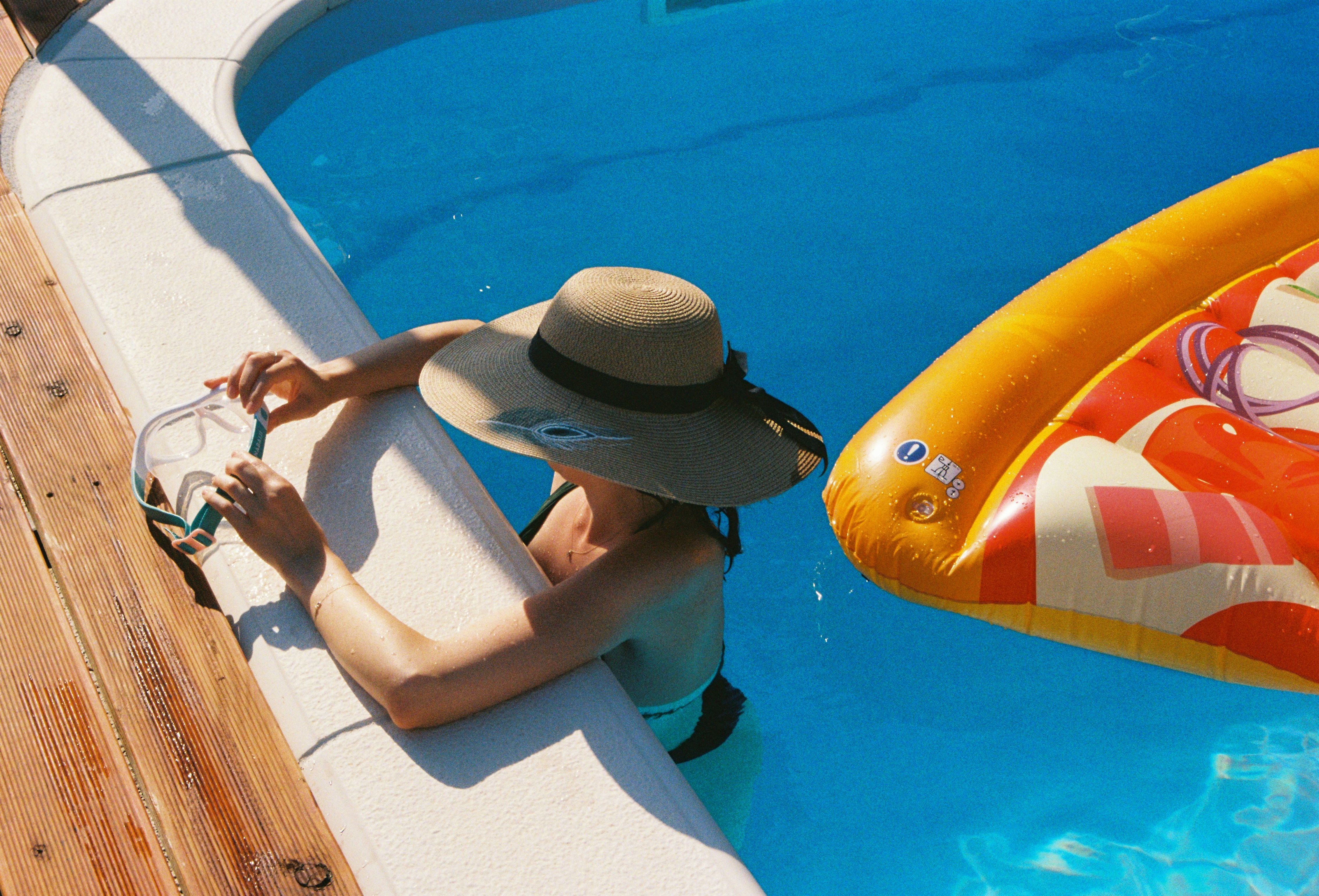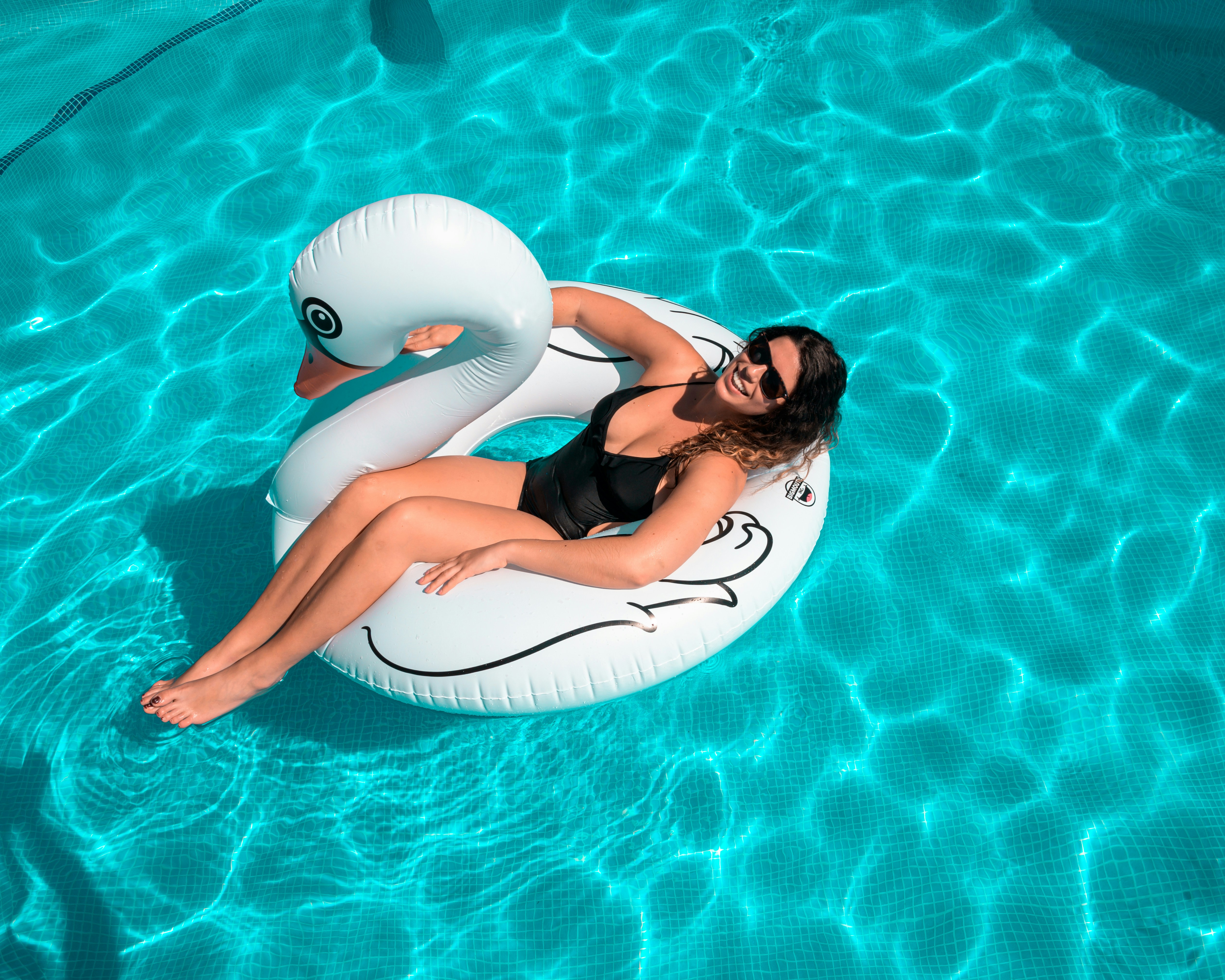3 Reasons Your Pool May Not be Heating
/f/101802/5760x3840/49714c10a7/pool-technician1.jpg)
3 Reasons Your Pool May Not Be Heating (and How to Fix It)
Few things are more disappointing than preparing for a swim only to discover your pool water is icy cold. A pool heater is meant to extend your swimming season and make your backyard more enjoyable, but like any system, it can run into problems. The good news? If your pool isn’t heating, the issue is usually something common—and often fixable without replacing the entire unit.
In this article, we’ll cover the three main reasons your pool may not be heating, break down why they happen, and outline practical steps to fix each issue so you can get back to warm, comfortable water.
AI was used to generate this article. Honestly, it's probably 20% helpful with solving your specific issue. Sick of AI bots and AI generated search result responses? Want to have a video call with an actual human pool technician now? Our experienced pool techs are available to give advice and talk through your pool-related questions or issues. Download The Guided App at https://theguidedapp.com/ and have a video call with a professional pool tech now!
1. Water Flow Problems
Why It Happens
A pool heater depends on steady water circulation to function properly. If there’s not enough water moving through the system, the heater either won’t ignite or won’t transfer heat efficiently. Low water flow is one of the most frequent culprits when a pool isn’t heating.
Common causes of poor water flow include:
Dirty or clogged filters.
Clogged pump baskets or skimmers.
Low pool water level (below the skimmer).
Air leaks in the pump system.
Valves that aren’t fully open.
How to Fix It
Check the pool water level – Make sure it’s at least halfway up the skimmer opening. Too low and the pump will suck in air.
Clean the pump and skimmer baskets – Remove leaves, debris, and hair that may be restricting flow.
Backwash or clean the filter – A dirty filter is one of the most common causes of low flow.
Inspect for air leaks – Look for bubbles in the return jets or water drips around fittings. Tighten or replace seals if needed.
Ensure valves are open – Double-check that water can freely flow to and from the heater.
Prevention Tips
Clean baskets weekly and backwash your filter regularly.
Schedule professional service annually to check pump seals and flow rate.
Keep your water chemistry balanced to avoid buildup that clogs filters.

2. Thermostat or Heating Element Issues
Why It Happens
Another common reason your pool isn’t heating is a problem with the thermostat or heating element (for electric heaters) or the ignition system (for gas heaters). If the thermostat isn’t working properly, the heater won’t respond—even if everything else is in good condition.
Typical causes include:
Thermostat is set too low.
Faulty or miscalibrated thermostat.
Heating element failure in electric heaters.
Pilot light or ignitor issues in gas heaters.
How to Fix It
Double-check thermostat settings – Make sure the temperature is set higher than your current water temp. It sounds simple, but it’s often overlooked.
Test the thermostat – If the heater isn’t turning on despite the right setting, it may need recalibration or replacement.
Inspect the heating element (electric heaters) – Over time, elements can wear out or corrode. A multimeter test can confirm if it’s functional.
Check the ignitor or pilot light (gas heaters) – Clean away dirt, webs, or debris that could be blocking ignition. If the ignitor is cracked, replace it.
Prevention Tips
Run periodic checks of your thermostat to confirm it matches water temperature.
Keep heater components clean and free of debris.
Schedule routine inspections of electrical and gas systems for safety and efficiency.

3. Heat Loss and Efficiency Issues
Why It Happens
Sometimes the problem isn’t your heater—it’s that your pool is losing heat faster than your heater can replace it. Even the best heater will struggle against poor efficiency or harsh conditions.
Causes of heat loss include:
Lack of a pool cover, allowing heat to escape overnight.
Cold air or wind pulling warmth from the water.
Scale or calcium buildup inside the heater’s heat exchanger, reducing efficiency.
An undersized heater that can’t handle your pool’s volume.
How to Fix It
Use a pool cover – A solar blanket or safety cover can reduce heat loss by up to 70%.
Block wind exposure – Windbreaks, fencing, or landscaping can help retain warmth.
Descale the heat exchanger – Minerals from hard water can coat the heater’s internals, blocking heat transfer. Use a descaling solution or hire a technician.
Check heater sizing – Ensure your heater is appropriately matched to your pool size. An undersized unit may need upgrading.
Prevention Tips
Always cover your pool when not in use, especially at night.
Keep water chemistry balanced (pH 7.2–7.6, calcium hardness 200–400 ppm) to avoid scale.
If building or remodeling, consult a professional to size your heater correctly.
Bonus: Other Possible Issues
While water flow, thermostat problems, and heat loss are the big three, other issues can sometimes cause heating troubles:
Gas supply issues – For propane or natural gas heaters, low gas pressure or an empty tank will stop heating.
Electrical problems – Faulty wiring, relays, or circuit breakers may interrupt heater function.
Error codes – Many modern heaters display diagnostic codes—check your manual to identify and resolve them.
When to Call a Professional
Many heater issues are straightforward, but some situations are best left to an expert:
You smell gas near your heater.
The unit trips electrical breakers repeatedly.
Heat exchanger leaks or corrosion are visible.
Error codes persist even after troubleshooting.
Attempting complex repairs without training can be unsafe and may void your warranty.
Final Thoughts
A pool that won’t heat is frustrating, but most issues trace back to one of three causes: poor water flow, thermostat or heating element problems, or efficiency/heat loss issues. The key to solving them is a mix of consistent maintenance and smart troubleshooting.
Here’s your quick checklist:
Keep baskets, filters, and pumps clean to ensure proper water flow.
Test and calibrate your thermostat regularly.
Use a pool cover to retain heat and reduce strain on your system.
Schedule annual professional service for safety and efficiency.
By staying proactive, you’ll not only fix heating problems faster but also extend the life of your pool heater—and keep your pool ready for that perfect swim, no matter the season.
If you got this far, you probably realize that it would just be easier to talk to someone.
Request a video call with our experienced pool techs. Our pool techs are available to give advice and talk through your questions or issues. Download The Guided App at https://theguidedapp.com/ and have a video call with a tech now!
This article is generated by AI. For comments, questions, or other inquiries, please reach at [email protected].
/f/101802/4649x3099/9fa7f459da/speech-therapy.jpg)
/f/101802/4819x3213/c590b5823a/graphic-design.jpg)
/f/101802/3666x4582/09d3857211/audio-visual.jpg)
/f/101802/7680x5120/c316d09735/skin-care1.jpg)